–
–
It has to be said that my first impression of Turkey outside Istanbul wasn’t great. Finding our way to the centre of Bursa from the ferry terminal was confusing and along the way we were laughed at a few times. Having groups of people obviously talking about you, gesturing toward you and openly laughing is never a way to be made feel welcome. I started to think that maybe there was a reason so much of Turkey’s tourism seemed to be centred in Istanbul.
Thankfully it just seems to have been a random thing. It does have to be said that the two of us laden down front and back with our packs is a pretty amusing sight but most people manage to giggle quietly or include us in their laughter. Bursa and the rest of Turkey rose in my estimation once we found a place to stay and had a good night’s sleep. Exploring Bursa was great, we visited a couple of interesting mosques, ate Iskender kebab at its birthplace and explored the sprawling markets. The city was founded around 200BC and in the 6th century the nearby thermal area of Çekirge was developed by Justinian 1, the Byzantine emperor. For a while it bounced between rulers until it was conquered by the Ottoman Turks in 1326. It was their capital until 1402 and the first two sultans are buried there. We visited the Green Mosque, built between 1419 and 1424, which has beautiful marble carvings on the outside wall. The nearby Green Tomb, where the Green Mosque’s founder is buried, is a beautiful small building surrounded by cypress trees. The tiles inside are original and the stunning 3D designs are something we haven’t seen before.
Just outside the Green Mosque we were finally lured inside a carpet shop by a charming man who was happy to chat, show us carpets and give us tea until he realised that we were actually serious about not wanting to buy a carpet. He had some nice ones but not nice enough to justify a serious outlay of cash when we have neither house nor means of shipping it (carpets were listed as a prohibited item at the post office in Istanbul).
From Bursa we went to Canakkale, our base for visiting both Troy and the battlefields of Gallipoli. The ruins at Troy aren’t overly spectacular but they’re a must see for the myths and legends surrounding them. Until 1868 the references to Troy in Homer’s Odyssey and Illiad and in other works by ancient Greek historians were thought to be simply myths. The fact that some of the main characters are represented as demigods might have had something to do with that but excavations and analysis has proven that the site uncovered was actually the historical city. It had been settled since 3000BC and underwent regular rebuilding until it finally went into decline in the 6th century AD. The legendary Trojan War is thought to have taken place in the 13th century BC when archaeological remains show the city was badly burnt and abandoned for around 250 years. We had the ruins almost to ourselves and wandered around wondering at the incredible amount of work that must go in to working out which layers of remains belong to which incarnation of the city.
Our Valentine’s Day was spent on the Gallipoli Peninsula, pondering the wastefulness of war. As an Australian you grow up with the legend of the of the Anzacs (Australian and New Zealand Army Corp) who were formed in 1915 and had their first deployment on what we now call Anzac Day, April 25th of the same year. The “Anzac spirit” conjures up all sorts of images and ideals; mateship, courage and good humour. To today’s Australians they seem to embody how we would like to see ourselves, and looking back it was the first time that Australians saw themselves as being different to the British. We were a young country; the disparate British colonies had only joined a federation in 1901 and the idea of Australia as a country was a new one. We were fighting as part of the British Empire and on the Gallipoli campaign they gave us the task of landing on the western side of the peninsula and cutting off the Ottoman army so that the British navy could sail up the Dardanelles, take Istanbul, knock Turkey out of the war and open a supply route to Russia. It was meant to be simple.
A few months earlier a purely naval force had attacked and failed so the Ottoman army assumed an invasion was on the way. What they didn’t know was when or where. As it turns out the British planners weren’t so good at working out the details either. Actually they weren’t really very good at planning full stop. Some of it can be put down to bad luck but even taking into consideration the gift of hindsight there was a fair bit of bad management. The reason for the Anzacs landing at what is today called Anzac Cove is shrouded in mystery. It’s a tiny cove surrounded by steep cliffs, hardly the best location for an invasion force of 15,000 men, but as it turned out they were more sheltered there from the Turkish guns there than they were on the landing beach originally planned. The Turks never expected anyone to land in such a stupid place.
The ground gained on the initial days was pretty much the limit to Allied territory gains over the whole eight month campaign. Both sides dug trenches and the image of waves of attackers coming out of the trenches and running across no man’s land into a hail of bullets is something we can’t really fathom today. In one place, where the trenches are still visible, the enemy lines were separated by little more than a 1.5 lane road. And yet men obeyed orders and jumped out of the trenches. Wave after wave of them. We went to the cemetery of the 57th regiment of the Ottoman Army. When the Allies attacked the majority of the Ottoman army was in a different part of the peninsula and only one regiment could be quickly summoned. Their officer gave them the following instruction
“I don’t order you to fight, I order you to die. In the time it takes us to die, other troops and commanders can come and take our places” Mustafa Kemal (later founder and first president of the Republic of Turkey).
And die they did, all 628 of them. Walking around the cemetery we saw only a handful of people over the age of 24.
In total about 130,000 soldiers died on the peninsula and half a million were wounded, including the British and French forces that landed further south at Cape Helles. The British Empire lost 36,000, including 8,700 Australians while the Ottomans had 250,000 casualties and 86,700 deaths. The numbers are mind boggling but actually they’re just a fact of WW1 warfare. Those Australians who survived Gallipoli were sent to France where they lost as many men in the first six weeks as over the entire eight months in Turkey.
But enough about war… We’re now in Ayvalik, a beautiful seaside town on the Aegean. The sun is out and I even thought about not wearing my long johns today! Even the decision process is a novelty – since I landed in Latvia on October 6th 2009 they have been an almost essential part of everyday apparel. We spent the day exploring the atmospheric old town that covers the hill behind the harbour. It was apparently a Greek town until the population exchanges between Greece and Turkey in 1923 that followed Turkey’s War of Independence and defeat of the Greek army. In total around 1.5 million Greek Orthodox citizens of Turkey and 500,000 Muslim citizens of Greece were relocated.
Walking around today we soaked up the laid back atmosphere, ate Ayvalik toast by the waterside and sipped chai on a street corner. We’re the only tourists in town and all the pensions are still closed for the off season. We’re the first foreigners to stay in our hotel this year (the hotel owner says the Greeks don’t count as foreigners). The TV last night was subtitled in Greek, not Turkish which was interesting. It’s only a 1.5 hour ferry ride to the Greek island of Lesvos where many of the Ayvalik Greek population were relocated.
Tomorrow we head further south to Bergama to check out the pre-Roman ruins of Pergamum then more ruins at Ephesus. We’re considering trying to get Syrian visas in Ankara and heading south instead of east toward the snow and Kurdish riots (shhh, don’t tell my parents!).
Tags: Anzac, Ayvalik, Bursa, Canakkale, Gallipoli Peninsula, Green Mosque, Troy, WW1
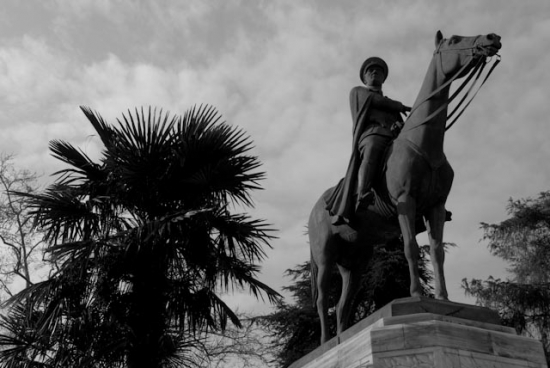
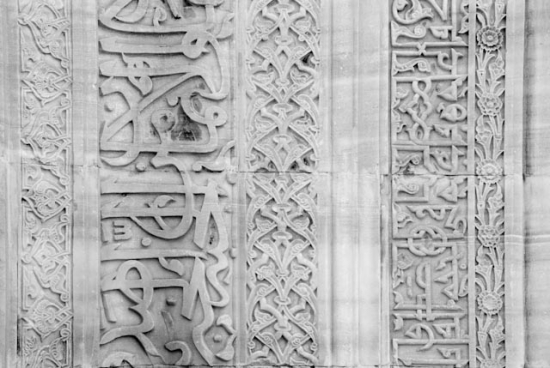
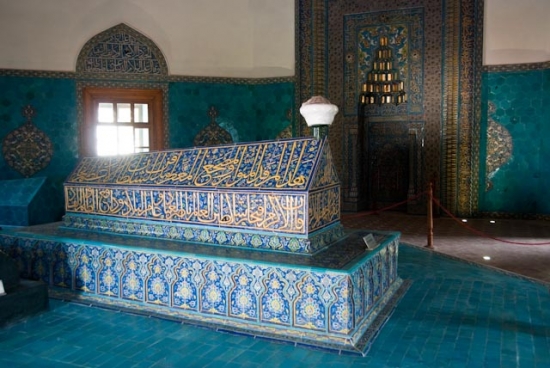
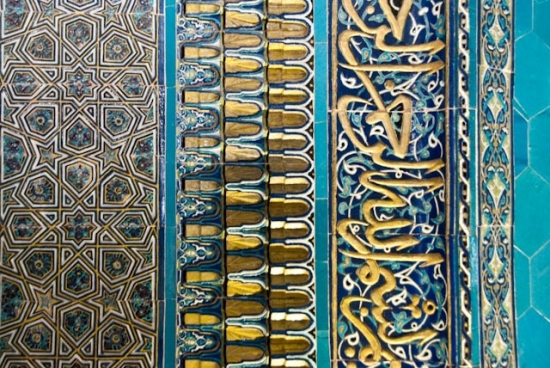
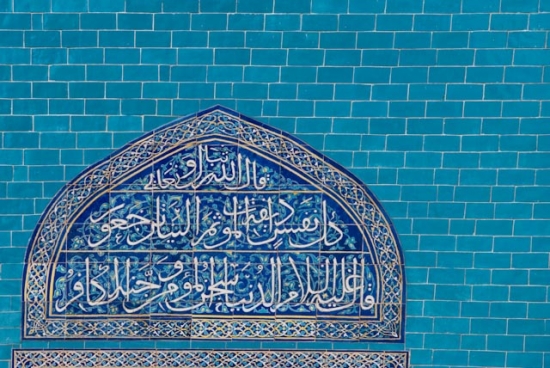
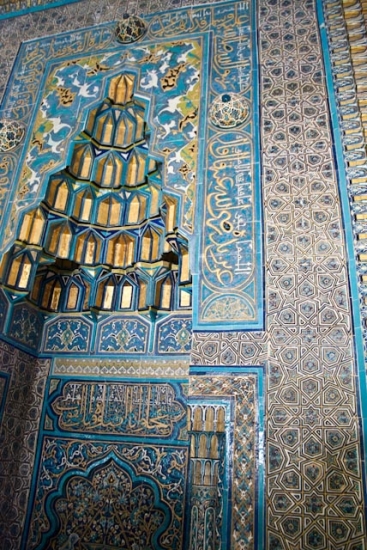
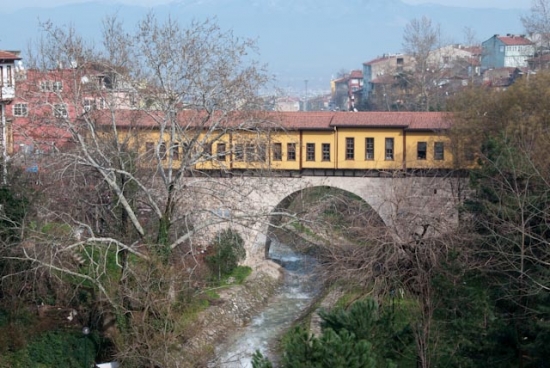
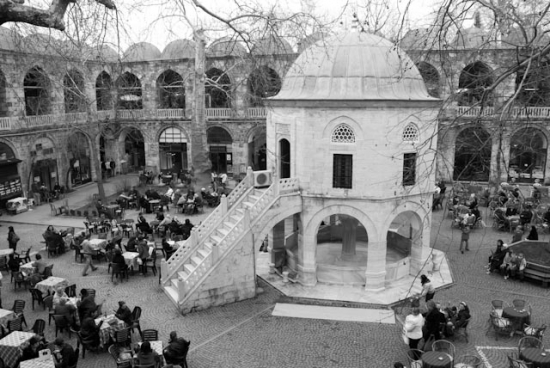
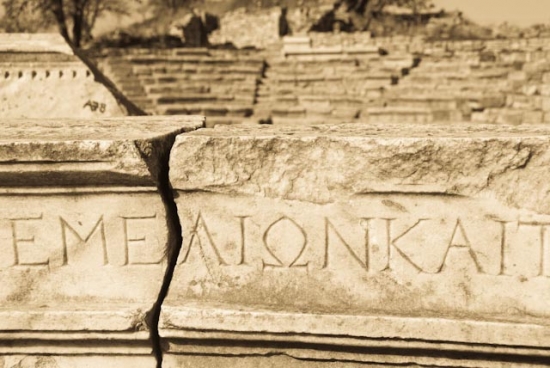
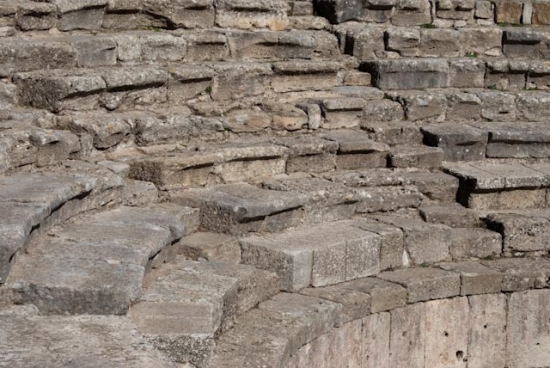
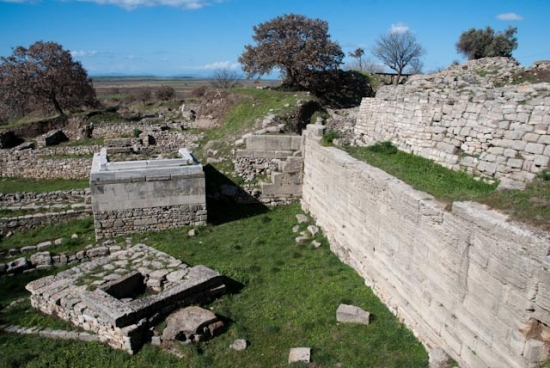
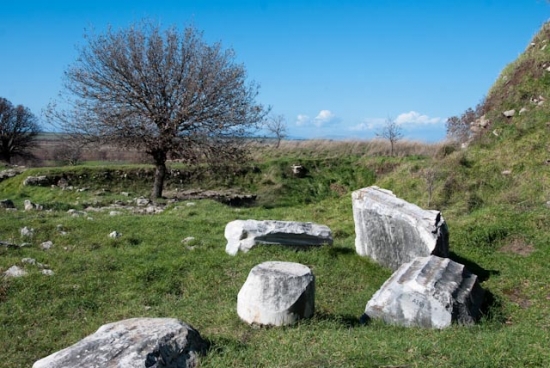
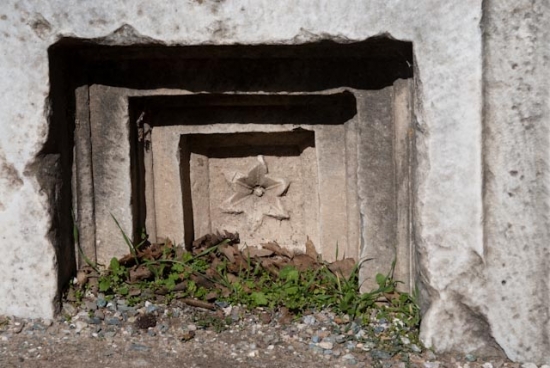
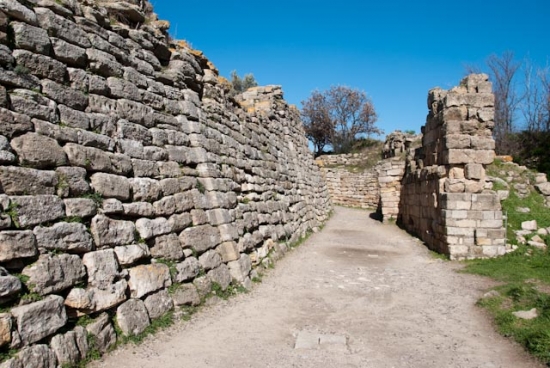
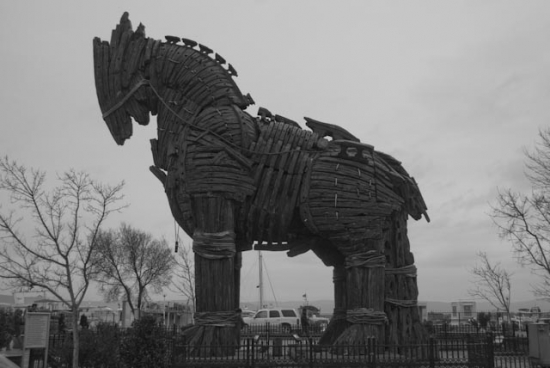
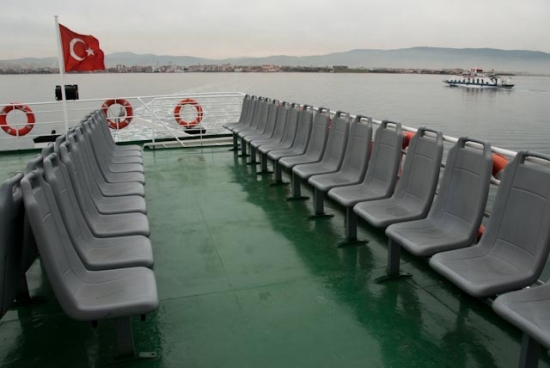
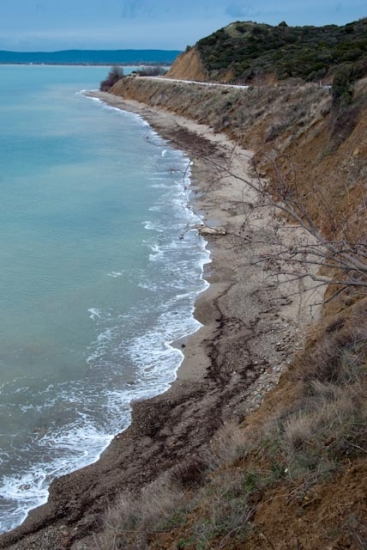
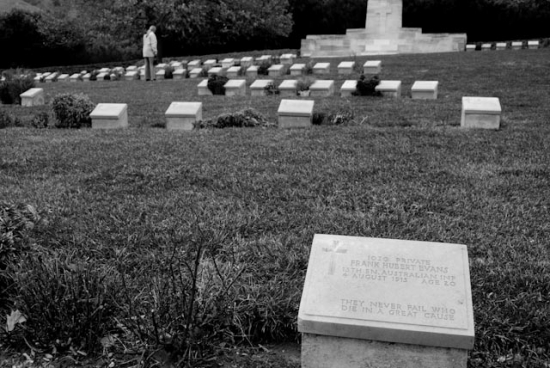
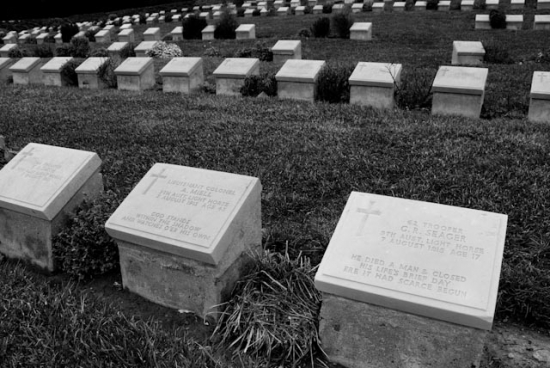
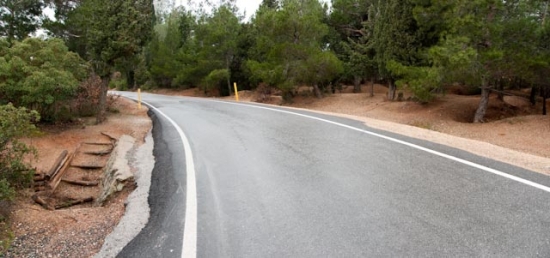
Leave a reply